Rising majestically from the heart of Malaysian Borneo, Mount Kinabalu stands as more than just Southeast Asia’s highest peak. This towering giant harbors one of the world’s most extraordinary biological treasures, sheltering over 5,000 documented species within its misty slopes and ancient forests. From carnivorous pitcher plants that devour insects to miniature orchids smaller than your thumbnail, Kinabalu’s ecosystems pulse with life forms found nowhere else on Earth. Scientists describe it as a living laboratory where evolution has run wild, creating species so unique they seem almost otherworldly.
The Mountain That Defies Expectations
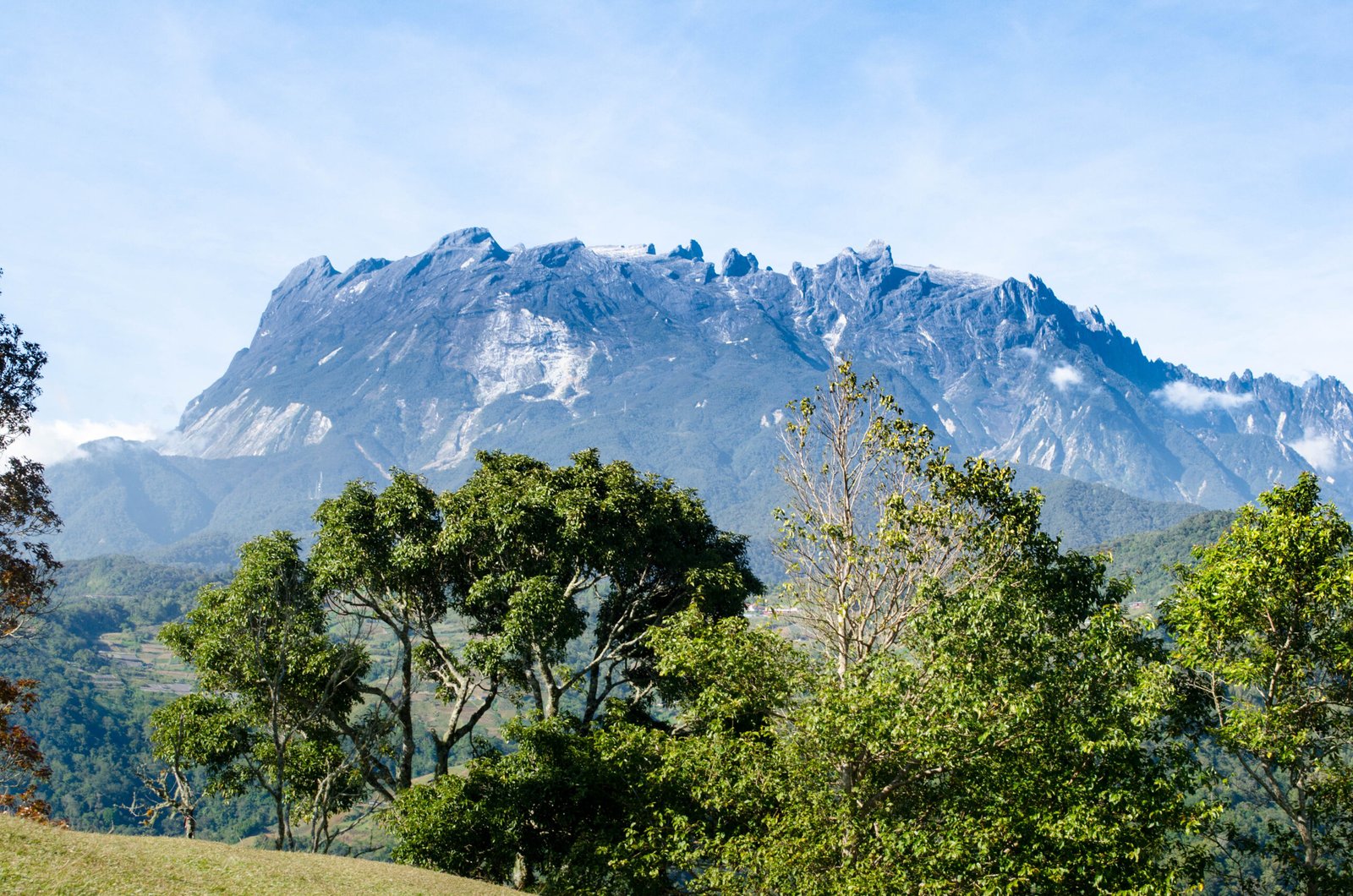
Mount Kinabalu doesn’t just tower over Borneo’s landscape at 4,095 meters – it creates its own weather systems and microclimates that nurture incredible biodiversity. The mountain’s granite core, formed millions of years ago, provides the foundation for ecosystems that range from steamy lowland rainforests to alpine meadows near its summit.
What makes Kinabalu truly special isn’t just its height, but its isolation. Like an island rising from a sea of lowland forests, the mountain creates unique evolutionary pressures that have shaped species in remarkable ways. Plants and animals here have adapted to conditions found nowhere else in Southeast Asia.
A Vertical Journey Through Evolution

Climbing Mount Kinabalu is like traveling through time and climate zones simultaneously. At the base, you’ll find yourself surrounded by dipterocarp forests where 200-foot trees create a cathedral-like canopy. As you ascend, the forest transforms dramatically every few hundred meters.
Between 1,500 and 2,600 meters, oak and chestnut forests dominate the landscape, their gnarled branches draped in epiphytes and mosses. Higher still, the trees become stunted and twisted, adapted to the harsh conditions of the upper slopes. This vertical zonation creates distinct habitats that support entirely different communities of plants and animals.
The Carnivorous Plant Paradise

Mount Kinabalu hosts the world’s largest concentration of carnivorous pitcher plants, with over 30 species calling this mountain home. These botanical marvels have evolved to supplement their diet by trapping and digesting insects, a necessity in the nutrient-poor soils of high altitudes.
The giant pitcher plant, Nepenthes rajah, produces traps so large they can hold over a liter of digestive fluid. Some have been found containing drowned rats and small birds. These plants don’t just passively wait for prey – they’ve evolved slippery rim surfaces and attractive colors to lure victims into their deadly embrace.
Perhaps most fascinating is how different pitcher plant species have carved out specific niches on the mountain. Some specialize in capturing flying insects, others focus on crawling ants, and a few have even formed partnerships with tree shrews that use the plants as toilets in exchange for nitrogen-rich fertilizer.
Orchid Wonderland in the Clouds

Over 1,200 orchid species grace Mount Kinabalu’s slopes, making it one of the richest orchid habitats on the planet. These delicate flowers range from massive specimens with blooms spanning several feet to tiny species barely visible to the naked eye.
The mountain’s most famous orchid, Paphiopedilum rothschildianum, sports distinctive striped petals and can sell for thousands of dollars on the black market. This “slipper orchid” grows only on Kinabalu’s limestone cliffs, taking up to 15 years to bloom for the first time.
Many of Kinabalu’s orchids are epiphytes, living on tree branches and rocks rather than in soil. They’ve developed extraordinary adaptations to survive in this aerial world, including specialized roots that absorb moisture from fog and pseudobulbs that store water during dry periods.
Ancient Rhododendrons Paint the Mountain
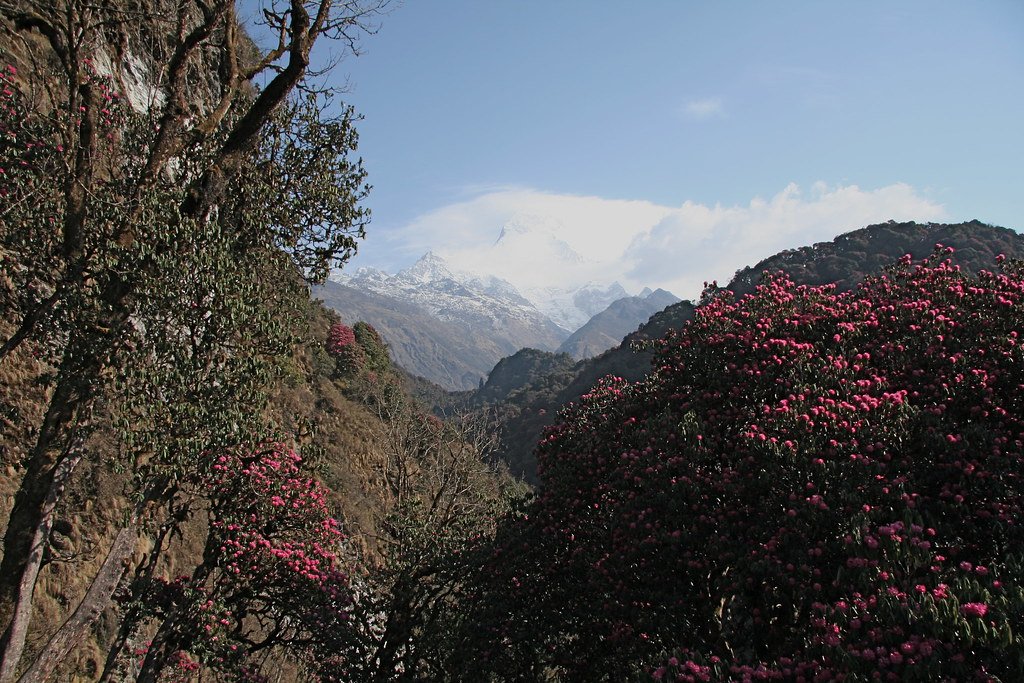
When rhododendrons bloom on Mount Kinabalu, the mountainsides explode in colors ranging from deep crimson to brilliant orange and pure white. The mountain hosts over 40 rhododendron species, many found nowhere else on Earth.
These aren’t the garden-variety rhododendrons you might know from temperate climates. Kinabalu’s species have adapted to tropical mountain conditions, with some growing as massive trees reaching 30 meters in height. Others cling to cliff faces as compact shrubs, their roots finding purchase in the smallest rock crevices.
The largest rhododendron on the mountain, Rhododendron ericoides, creates stunning displays when it flowers, covering entire slopes in white blooms. Local guides often time their expeditions to coincide with peak blooming seasons, treating visitors to one of nature’s most spectacular flower shows.
The Secret Life of Kinabalu’s Mammals
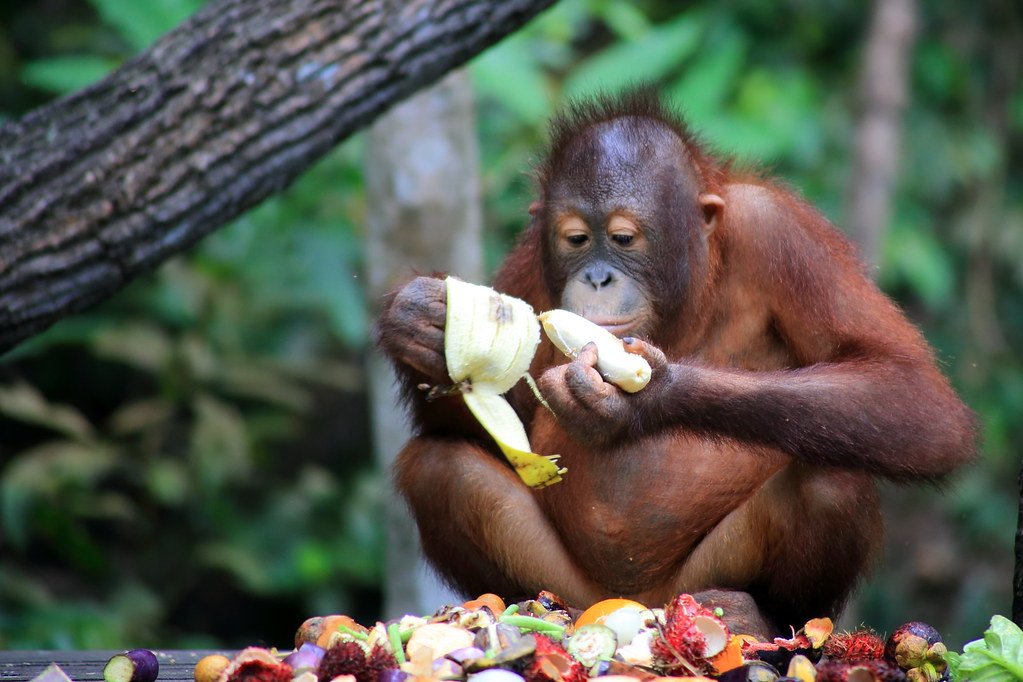
While Mount Kinabalu’s plant life steals much of the spotlight, the mountain supports over 290 bird species and 100 mammal species, many of which remain poorly understood by science. The Kinabalu giant red leech, despite its intimidating name, represents just one of countless invertebrate species calling this mountain home.
Orangutans swing through the lower forests, while sun bears forage for fruits and insects in the middle elevations. Higher up, the elusive clouded leopard prowls through misty forests, its distinctive coat pattern providing perfect camouflage among dappled shadows.
Perhaps most remarkable are the mountain’s endemic mammals, like the Kinabalu giant earthworm, which can grow over a meter long. These creatures have evolved in isolation, developing characteristics found nowhere else on Earth.
Insect Diversity Beyond Imagination
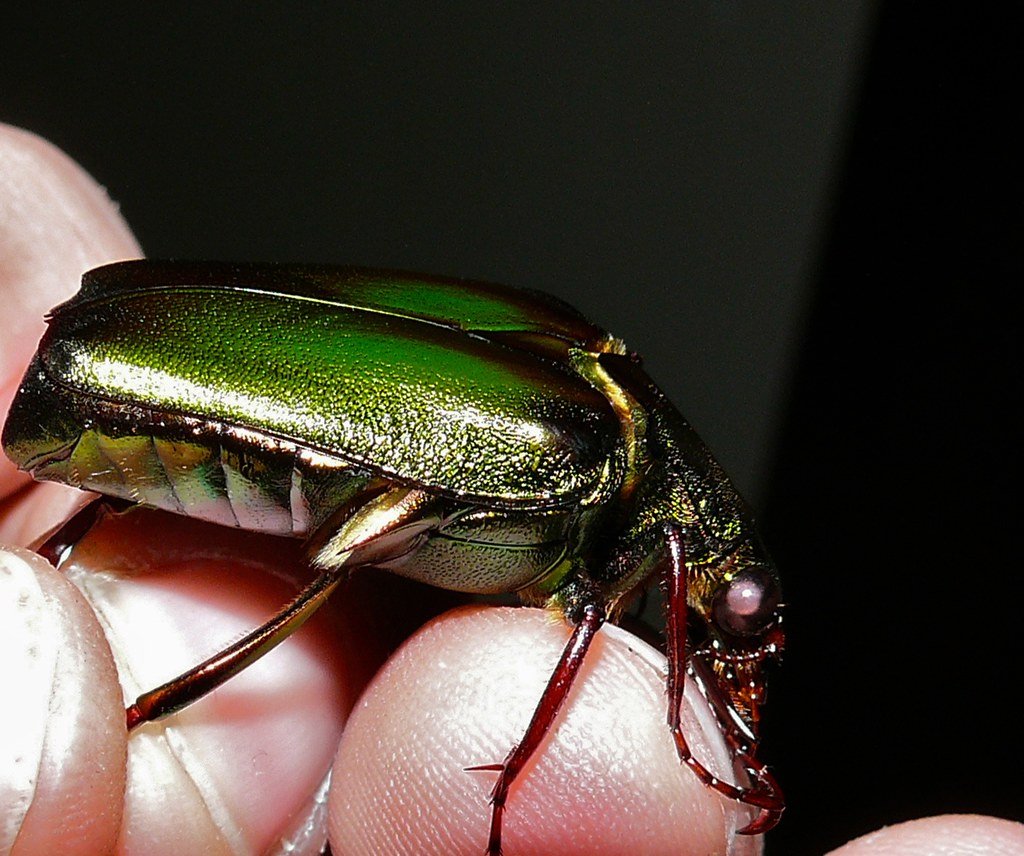
Mount Kinabalu’s insect life defies comprehension, with new species discovered regularly during scientific expeditions. Beetles alone account for thousands of species, from tiny leaf beetles to massive rhinoceros beetles with horns longer than their bodies.
The mountain’s butterflies create living kaleidoscopes as they flutter through forest clearings. Some species, like the Rajah Brooke’s birdwing, sport wings spanning nearly a foot across. Others, such as the delicate blue morphos, flash iridescent colors that seem to glow in the filtered forest light.
Moths on Kinabalu are equally spectacular, with some species featuring transparent wings or eyespots so realistic they could fool predators into thinking they’re facing a much larger animal. Night walks on the mountain reveal a completely different world where these nocturnal creatures emerge to feed and mate.
The Mysterious World of Kinabalu’s Fungi

In the humid depths of Kinabalu’s forests, fungi play crucial roles that most visitors never see. Over 1,000 fungal species have been documented on the mountain, though scientists believe this represents only a fraction of the true diversity.
Some of Kinabalu’s fungi glow in the dark, creating an ethereal green light that attracts insects for spore dispersal. Others form massive bracket fungi on tree trunks, slowly decomposing fallen giants and recycling nutrients back into the forest ecosystem.
The mountain’s mycorrhizal fungi form intricate partnerships with plant roots, creating underground networks that help trees share nutrients and communicate with each other. These fungal networks are so extensive that they essentially connect entire forest ecosystems.
Reptiles and Amphibians of the Mist

Mount Kinabalu’s constant moisture and varied temperatures create perfect conditions for reptiles and amphibians. Over 150 species of these cold-blooded creatures inhabit the mountain, from tiny tree frogs no bigger than your fingernail to monitor lizards exceeding two meters in length.
The mountain’s frogs are particularly diverse, with many species found only in specific elevation zones. Some have evolved to breed entirely in tree holes or leaf litter, never requiring standing water. Others, like the Kinabalu dwarf litter frog, are so small they were only discovered in the last few decades.
Snakes on Kinabalu include both venomous and non-venomous species, with many displaying brilliant colors that either warn predators or provide camouflage among fallen leaves and flowers. The mountain’s cool temperatures at higher elevations limit snake diversity, but the species present have adapted remarkably to these conditions.
Endemic Species Found Nowhere Else

What truly sets Mount Kinabalu apart is its extraordinary level of endemism – species found nowhere else on Earth. Scientists estimate that over 40% of the mountain’s plant species are endemic, a percentage that rivals the Galápagos Islands.
These endemic species tell stories of isolation and adaptation spanning millions of years. Some represent ancient lineages that survived ice ages and climate changes by finding refuge on Kinabalu’s slopes. Others are recent evolutionary innovations, species that have diverged from their lowland relatives within the last few thousand years.
The mountain’s geology contributes significantly to this endemism. Different rock types and soil conditions create microhabitats that support unique plant communities. Areas with serpentine soils, for example, host entirely different species than nearby granite-derived soils.
The Role of Climate in Shaping Biodiversity

Mount Kinabalu’s position near the equator, combined with its extreme elevation, creates climatic conditions unlike anywhere else in Southeast Asia. Temperatures can vary by 20 degrees Celsius between base and summit, while rainfall patterns change dramatically with elevation.
The constant cloud cover at middle elevations creates a perpetual mist that many species depend on for survival. Epiphytes absorb moisture directly from these clouds, while some animals have evolved to drink water droplets from leaves and moss.
This climatic complexity creates countless ecological niches. Some species thrive in the constant moisture of cloud forests, while others have adapted to the harsh UV radiation and temperature fluctuations of the alpine zones. These different climate zones pack incredible diversity into a relatively small area.
Scientific Discovery Continues

Despite over a century of scientific study, Mount Kinabalu continues to yield new species discoveries. Recent expeditions have uncovered everything from new carnivorous plants to previously unknown stick insects that perfectly mimic local vegetation.
Modern genetic techniques are revealing that many species previously thought to be widespread actually represent complexes of closely related endemic species. What appeared to be a single widespread orchid might actually be five distinct species, each adapted to specific conditions on different parts of the mountain.
The pace of discovery shows no signs of slowing. Scientists estimate that thousands of species remain undocumented, particularly among smaller invertebrates, fungi, and microorganisms. Each expedition brings new surprises and expands our understanding of this biological treasure house.
Threats to Paradise

Climate change poses the greatest long-term threat to Mount Kinabalu’s biodiversity. As temperatures rise, the distinct elevation zones that support unique species communities are shifting upward. Species adapted to cool, high-elevation conditions have nowhere to go when their habitats become too warm.
Tourism, while providing economic benefits to local communities, also creates pressures on fragile ecosystems. Popular climbing routes show signs of erosion and vegetation damage, while increased human presence disturbs wildlife behavior patterns.
Illegal collection of rare plants and animals remains a persistent problem. Orchids, pitcher plants, and other unique species command high prices on international markets, creating incentives for poaching despite legal protections.
Conservation Success Stories

Mount Kinabalu’s designation as a UNESCO World Heritage Site has provided crucial protection for its ecosystems. Strict regulations limit climbing permits and restrict access to sensitive areas, helping preserve critical habitats.
Local communities play vital roles in conservation efforts. Many former poachers have become park guides and conservation advocates, using their intimate knowledge of the mountain to protect the species they once exploited.
Scientific research stations on the mountain continue monitoring ecosystem health and species populations. This long-term data helps managers understand how the mountain’s biodiversity responds to changing conditions and human pressures.
The Future of Kinabalu’s Biodiversity
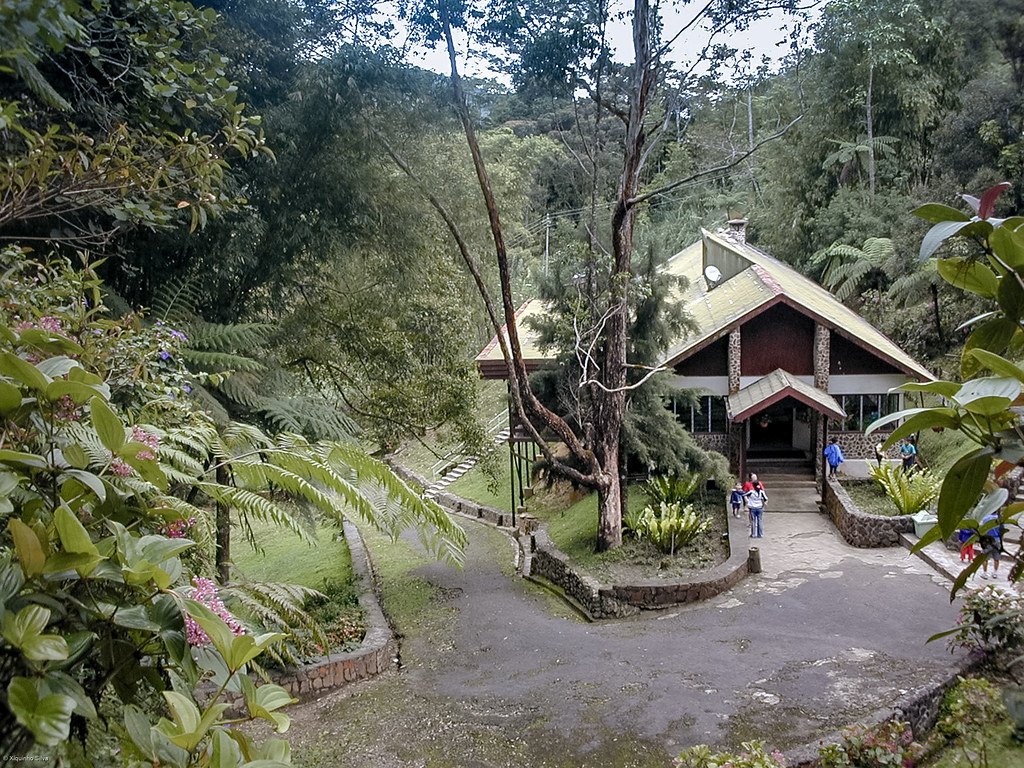
Protecting Mount Kinabalu’s incredible biodiversity requires continued vigilance and international cooperation. Climate change mitigation efforts worldwide will determine whether the mountain’s unique species can adapt to changing conditions.
Ongoing research is crucial for understanding how species respond to environmental changes. Scientists are using new technologies like environmental DNA sampling and satellite monitoring to track biodiversity changes across the mountain’s complex ecosystems.
Education and outreach programs help visitors understand their role in conservation. When people experience Kinabalu’s natural wonders firsthand, they become advocates for protecting these irreplaceable ecosystems.
A Living Laboratory for Science
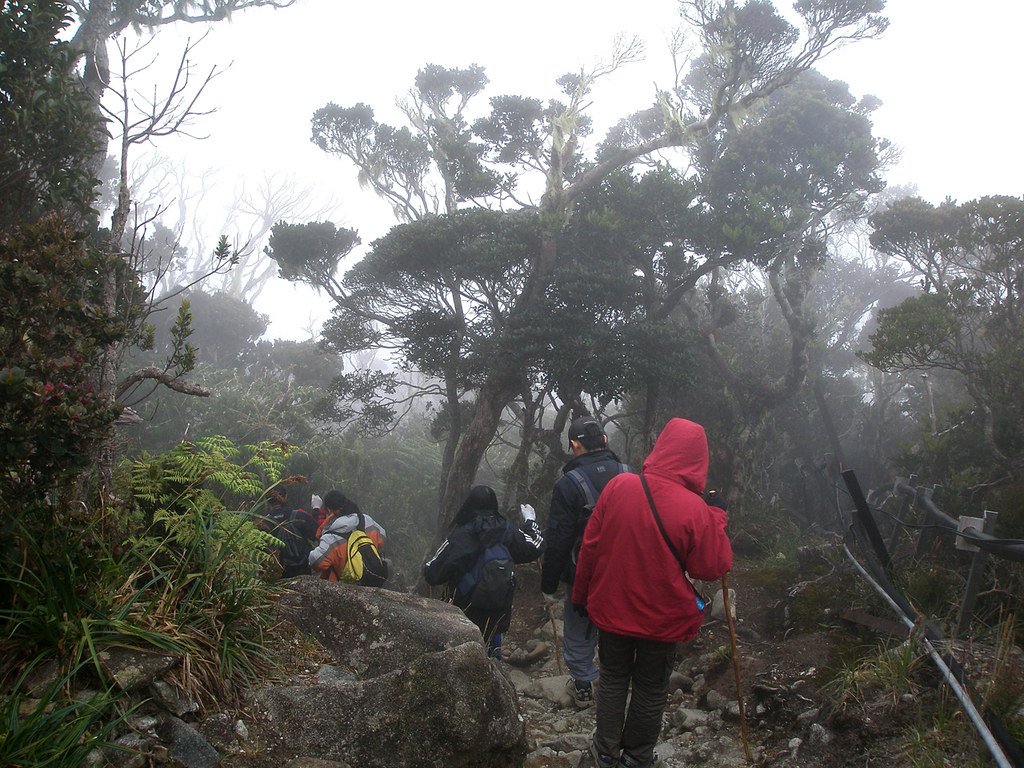
Mount Kinabalu serves as a natural laboratory where scientists study evolution, ecology, and conservation biology. The mountain’s isolated populations and diverse habitats provide insights into how species adapt to changing environments.
Research conducted on Kinabalu has implications far beyond the mountain itself. Studies of plant adaptations to high-altitude conditions inform crop breeding programs, while investigations of carnivorous plant evolution shed light on how organisms adapt to nutrient-poor environments.
The mountain’s role as a climate refuge during past ice ages helps scientists understand how species might respond to future climate change. This knowledge is crucial for predicting and mitigating the impacts of global warming on biodiversity worldwide.
Experiencing Kinabalu’s Wonders

Visiting Mount Kinabalu offers unparalleled opportunities to experience biodiversity firsthand. Even a short walk through the mountain’s forests reveals orchids, pitcher plants, and wildlife that exist nowhere else on Earth.
The mountain’s trail system provides access to different ecosystems without requiring technical climbing skills. Guided nature walks help visitors spot and identify the incredible variety of plants and animals that call Kinabalu home.
Night walks reveal an entirely different side of the mountain’s biodiversity. Nocturnal creatures emerge from hiding places, creating a symphony of sounds and revealing behaviors invisible during daylight hours.
Mount Kinabalu stands as testament to the incredible diversity that can evolve when geography, climate, and time combine in unique ways. Its 5,000+ species represent millions of years of evolutionary innovation, creating a living museum of biological diversity that continues to amaze scientists and visitors alike. The mountain’s future depends on our collective commitment to conservation, scientific research, and sustainable tourism practices. As climate change and human pressures intensify, protecting places like Kinabalu becomes increasingly urgent. The question isn’t whether we can afford to conserve these biodiversity hotspots – it’s whether we can afford not to. What legacy will we leave for future generations who deserve to experience these natural wonders?




